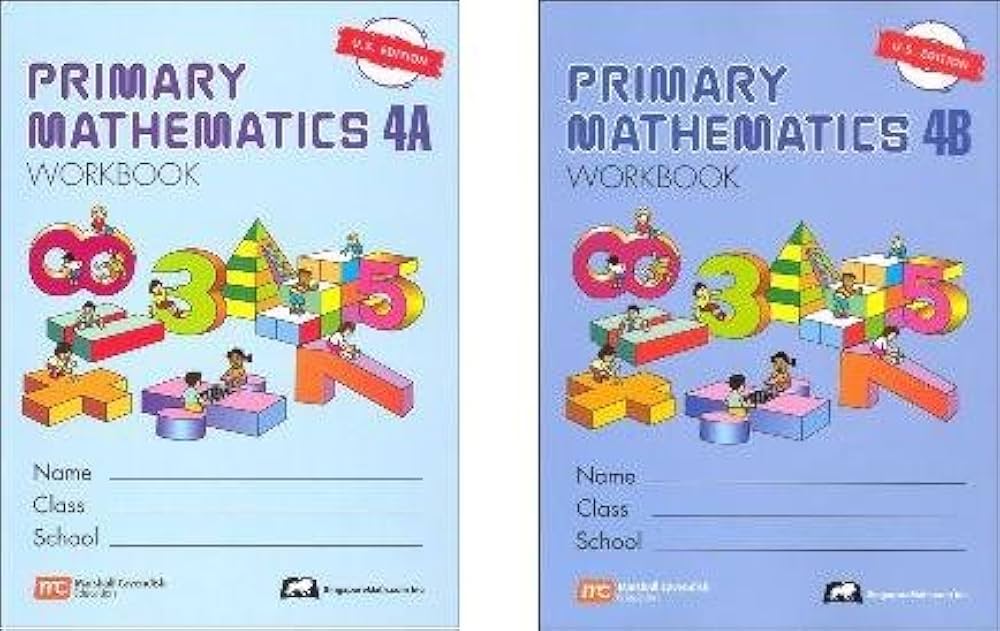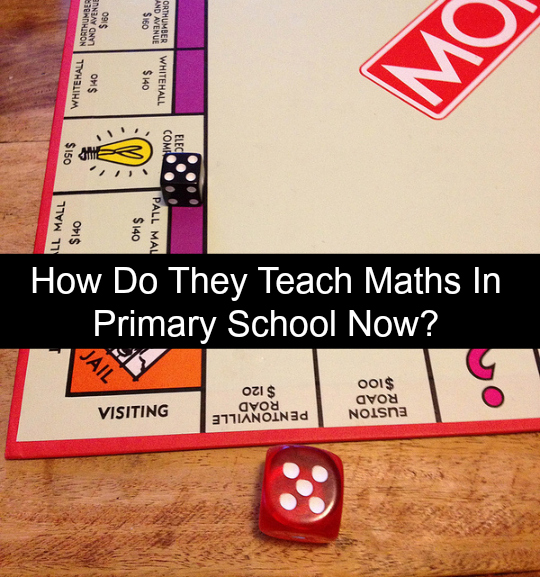Unveiling the Ideal Faster Ways for Resolving Math Problems Swiftly
In the domain of mathematics, effectiveness is key. Grasping faster ways can transform the means people come close to troubles. From leveraging the distributive residential property to using fast multiplication methods, these approaches boost both speed and precision. In addition, acknowledging patterns simplifies complicated computations. As one checks out these techniques, they might discover shocking insights that can change their mathematical experience. What are one of the most reliable strategies that can be quickly integrated right into everyday practice?
Mastering Psychological Math Techniques
Exactly how can one enhance their estimation rate without relying on calculators? Mastering psychological mathematics techniques uses a practical service. By utilizing approaches such as damaging numbers into smaller, convenient parts, individuals can simplify intricate computations. For circumstances, when adding two-digit numbers, rounding each number to the nearby ten can make psychological addition less complicated prior to adjusting back to the initial worths.
An additional efficient technique is to practice multiplication tables completely, enabling quick recall of items (struggles in primary math). Furthermore, acknowledging patterns in numbers can assist in faster calculations, such as utilizing the residential properties of also and odd numbers. Routine practice with challenges and games can additionally refine these abilities, making mental math much more intuitive
Eventually, growing self-confidence in one's math capabilities permits quicker decision-making and boosts overall mathematical effectiveness. By integrating these techniques, anyone can substantially boost their estimation speed.
Making Use Of the Distributive Residential Or Commercial Property
The Distributive Residential property is an essential idea in maths that simplifies estimations by permitting multiplication across enhancement or reduction. It is important for pupils to understand its application via sensible instances, which can improve their problem-solving abilities. In addition, recognizing usual mistakes can better solidify their understanding and avoid mistakes in future computations.
Comprehending the Distributive Property
Mastering the distributive home can significantly streamline mathematical estimations. This fundamental building states that when increasing a single term by an amount or distinction, one can disperse the reproduction across each term within the parentheses. As an example, in the expression a(b + c), one can revise it as abdominal muscle + a/c. This strategy not just enhances estimations yet also boosts understanding of how numbers engage (struggles in primary math). The distributive residential or commercial property is especially beneficial in algebra, where it helps in streamlining expressions and solving formulas. In addition, it lays the groundwork for much more complicated concepts, such as factoring and polynomial operations. By understanding the distributive residential property, pupils can establish a solid foundation for taking on a variety of mathematical challenges effectively
Practical Instances Illustrated
Why is it essential to use the distributive building in useful scenarios? The distributive residential or commercial property permits individuals to simplify complex calculations, making analytic more effective. For example, when computing the total price of multiple items, one can use the expression 5(2 + 3) to find the overall expense of 5 things valued at $2 and $3. By dispersing, the estimation ends up being 5 × 2 + 5 × 3, generating a quicker outcome of $25. An additional example is in algebra, where simplifying expressions like 3(x + 4) can be attained through distribution, leading to 3x + 12. Such applications illustrate the effectiveness of this property in different real-world scenarios, boosting both speed and accuracy in mathematical analytical.
Typical Mistakes to Prevent
The distributive home is a powerful device in maths, common blunders can lead to inaccurate results. One frequent mistake occurs when trainees fail to remember to disperse the coefficient to every term within parentheses. For instance, in the expression 3(x + 4), failing to use the building appropriately can result in omitting the multiplication, producing an incorrect solution. One more blunder includes defalcating the residential property by including as opposed to multiplying, especially when negative indicators are entailed. Additionally, students may forget to streamline the outcome, which can rare errors made throughout circulation. Recognizing and preventing these pitfalls can boost analytical performance and accuracy when making use of the distributive building in numerous mathematical contexts.
Quick Reproduction Shortcuts
In the domain name of fast reproduction shortcuts, strategies like increasing by powers of 10 and the doubling and halving method stand out. These methods can significantly streamline calculations, making them extra easily navigate here accessible. Understanding these shortcuts can boost efficiency in mathematical analytical.
Increasing by Powers of 10
When multiplying by powers of 10, the procedure ends up being remarkably uncomplicated, as the procedure mostly entails changing the decimal point. Multiplying a number by 10 calls for moving the decimal one area to the right, while increasing by 100 demands a change of two locations. This simpleness includes bigger powers, where each extra absolutely no suggests an additional decimal shift. Multiplying 5.6 by 1,000 results in 5,600. This approach substantially enhances speed and accuracy, as people can quickly envision the result without intricate estimations. Such effectiveness is particularly helpful in psychological math or when time is limited, enabling for quick problem-solving in various mathematical contexts. Grasping this technique is essential for any person aiming to improve their math skills.
Increasing and Cutting In Half Technique
The Increasing and Halving Technique provides an efficient method for fast multiplication, particularly when taking care of even numbers. This strategy involves changing a reproduction issue right into a simpler type by either doubling among the numbers and cutting in half the other. To calculate 16 × 25, one can cut in half 16 to obtain 8 and dual 25 to get 50, resulting in 8 × 50, which equals 400 (struggles in primary math). This technique streamlines estimations, making them more manageable. It is especially beneficial in mental mathematics, permitting people to overcome problems promptly and precisely. By leveraging this technique, trainees and experts can improve their mathematical dexterity, thus improving total performance in mathematical tasks

Efficient Department Approaches
Although division typically positions challenges for several students, employing efficient approaches can considerably streamline the process. One reliable technique is using suitable numbers, which involves rounding the divisor and returns to less complicated values that are close to the original numbers. This technique makes psychological computations extra convenient. One more technique is the estimation technique, where students can locate a rough response before performing the exact department, providing a valuable standard for precision.
In addition, the lengthy division strategy continues to be a staple for separating bigger numbers. By breaking the procedure into smaller, more absorbable actions, students can maintain clearness. The repeated reduction method can additionally why not try here be practical, specifically for those who deal with even more abstract principles. By methodically deducting the divisor from the returns, people can envision the procedure. Overall, these methods can enhance division skills, causing quicker and much more precise analytic capabilities.
Quick Addition and Reduction Approaches
How can students improve their rate and precision furthermore and reduction? One effective technique is to use psychological math methods, such as breaking numbers into smaller sized, much more manageable components. When including 47 and 36, one can initially include 40 and 30 to get 70, after that add the remaining 7 and 6 to show up at 83. This method streamlines computations and lowers errors.
Another strategy entails utilizing the number line for aesthetic learners, aiding them to see the partnerships between numbers and boost their comprehension. Additionally, exercising with tools like flashcards can enhance quick recall of basic amounts and distinctions.
In addition, learners can benefit from acquainting themselves with benchmark numbers, such as rounding to the local ten, which allows for quicker estimates. By including these approaches into their method, learners can considerably boost their rate and accuracy in standard math operations.
Leveraging Estimate for Quick Calculations
Estimate works as an effective device for improving computation speed, enhancing psychological math methods effectively. By rounding numbers to their nearby whole worths, individuals can simplify complicated computations, making it less complicated to come to an approximate result quickly. When faced with a trouble like 198 + 267, rounding to 200 + 270 returns a fast estimate of 470, permitting the solver to examine the accuracy of the final solution.
Estimation is specifically helpful in circumstances including reproduction and department. By rounding variables to less complex numbers, one can quickly gauge approximate items or ratios. This strategy not just saves time yet additionally assists in recognizing potential mistakes in computations.
Identifying Patterns and Formulas
Patterns and formulas are necessary tools in mathematics that allow people to resolve troubles a lot more effectively. Recognizing these patterns permits students to identify connections in between numbers and concepts, which can streamline intricate calculations. For example, recognizing the square formula (ax ^ 2 + bx + c = 0) helps with quick options to different formulas.
Furthermore, patterns in turn, such as arithmetic or geometric developments, help people predict future terms without comprehensive calculations. Solutions, on the other hand, serve as faster ways, enabling faster problem-solving by encapsulating complex relationships right into workable expressions.
Frequently Asked Questions
Exactly How Can I Boost My Emphasis While Fixing Math Problems Quickly?
To boost emphasis while resolving math issues promptly, one can eliminate disturbances, established details objectives, method mindfulness techniques, take normal breaks, and preserve a regular research routine to enhance focus and mental quality.
What Applications or devices Aid with Quick Mathematics Problem-Solving?
Numerous devices and apps, such as Photomath, Microsoft Math Solver, and Desmos, enhance quick math analytical. These sources offer detailed options, graphing capacities, and immediate comments, making them beneficial for pupils and experts alike.
Exist Specific Math Shortcuts for Standard Tests?
Yes, specific mathematics faster ways for standardized examinations consist of techniques like estimation, recognizing number buildings, utilizing the procedure of removal, and grasping common formulas. These strategies enhance rate and precision, enhancing total examination efficiency.

Just how Do I Practice Mathematics Shortcuts Successfully?
To practice math shortcuts properly, people need to on a regular basis solve diverse troubles, utilize on-line resources, and take part in timed drills. Uniformity and representation on blunders improve understanding, eventually bring about improved rate and precision in computations.
Can Shortcuts Be Applied to Intricate Math Problems?
Faster ways can certainly be used to intricate math troubles, although their efficiency differs. Mastery of fundamental ideas and strategic reasoning enables individuals to simplify processes, making it much easier to tackle complex computations effectively.
By utilizing approaches such as damaging numbers into smaller sized, workable components, individuals can simplify intricate calculations. Additionally, acknowledging patterns in numbers can promote faster calculations, such as making use of the properties of even and odd numbers. Estimate offers as an effective tool for enhancing calculation speed, matching mental math approaches efficiently. By rounding numbers to their nearby whole worths, people can streamline intricate computations, making it easier to show up at go to the website an approximate result promptly. Acknowledging these patterns enables learners to recognize partnerships in between ideas and numbers, which can streamline complex computations.